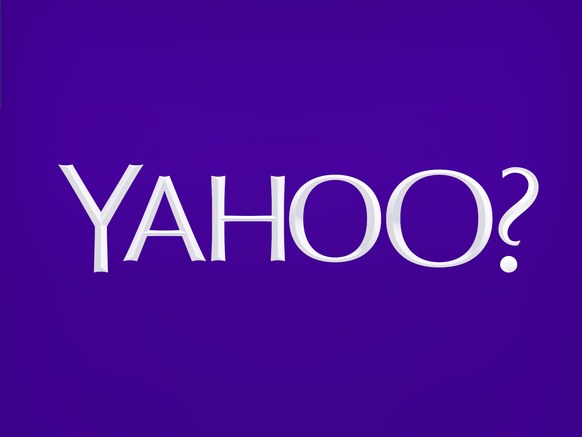Hurray's new logo is exhausting, and that is the general purpose
At midnight, Yahoo uncovered its new logo 30 days after the arrival of wacky fake. It's a shockingly modest number, the fundamental amazement of which is its sparkling new purple shade, a bit serif, and a fascinating structural shadow impact. It's a customary, grown-up plan - and it recommends how Yahoo is changing on a bigger scale.
The logo, a three-dimensional variety of a 70-year-old typeface called Optima, will be a mistake for those seeking after a bigger update of Yahoo's image. In any case, a huge change is probably going to blend more contention than esteem. Verifiably, the web has not been caring to change the huge logo, open (see: Tropicana and Gap). Yippee CEO Marissa Mayer - boldly battling to expand benefits as advertisement deals keep on lagging - is brilliant to center around Yahoo's items and client encounter first.
At the point when Mayer was at Google, she assumed a part in building up a UX that conveyed lucidity to the picture and idea of the brand. The Google landing page - in which she is a vital player - is an extraordinary case of this: a symbol, a bar, and two catches. Those elements have not changed in 15 years (till date!), Although the way we utilize the Google landing page has changed a considerable measure from that point forward. What's more, as it were, the new Yahoo logo will attempt to duplicate Google's prosperity; Both logos have customary text styles, shadows and finished edges.
The new logo was planned by an inside group at Yahoo, and it depended on a composed by Hermann Zapf in the mid-1950s called Optima. The plan group picked more profundity into the mark, both through the ball and through an expelled rundown between each character. The outcome is a three-dimensional commotion, and joined with another tint of violet, is obviously intended to emerge on the screen of cell phones.
While the logo itself fails to impress anyone from the plan point of view, it unquestionably shows how their logo is less and less imperative nowadays (or as Jonathan Salem Baskin of Forbes put it, "at Why don't logos make a difference? "). In the web cash age, the logo of a brand is an essential instrument, some portion of the framework assumes a particular capacity part: Where next McDonalds? Is it a Coke? That is not so much the case on the web: Logo is just a bit of fabric of a thick data page, content that is always showing signs of change. Just semantic data - the name of the organization - is essential when you "select" it, by entering it into the URL bar.



Nhận xét
Đăng nhận xét